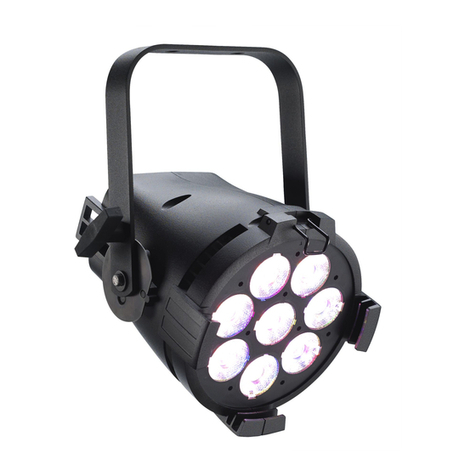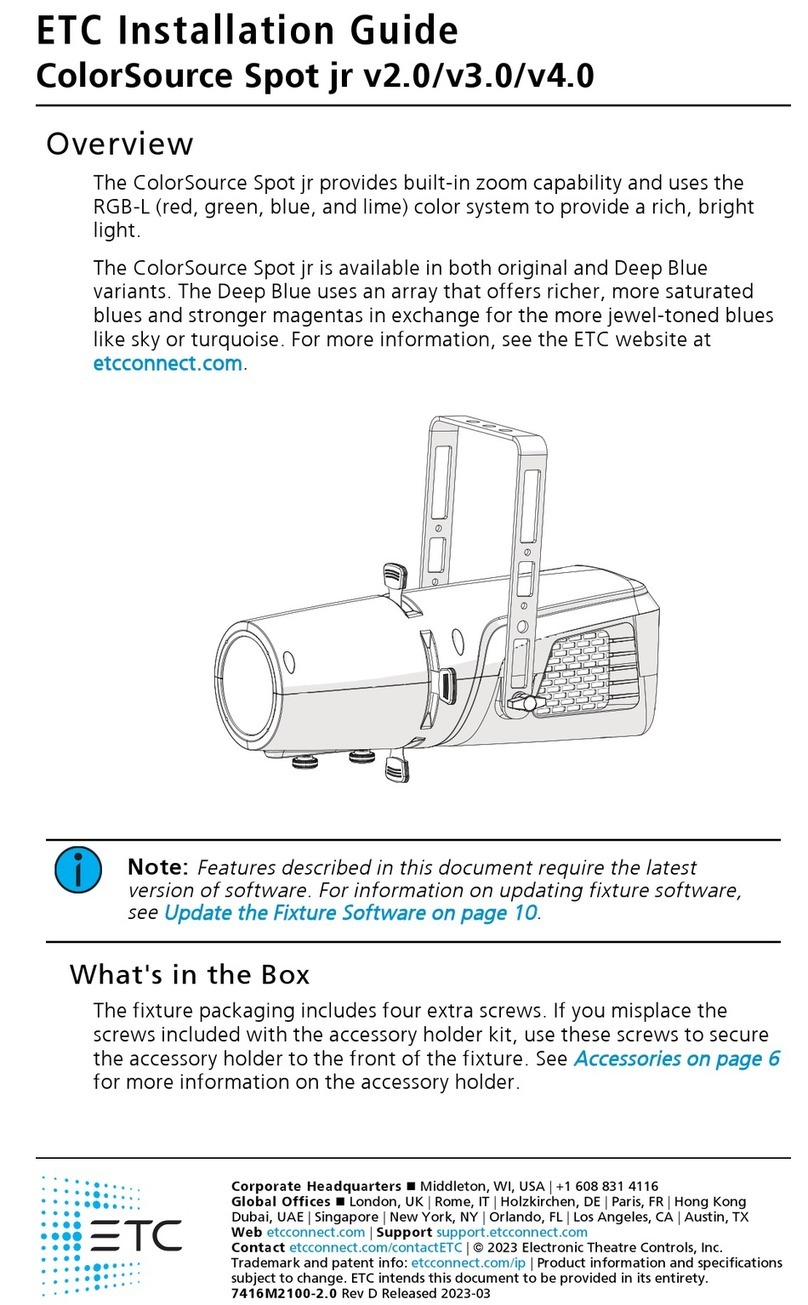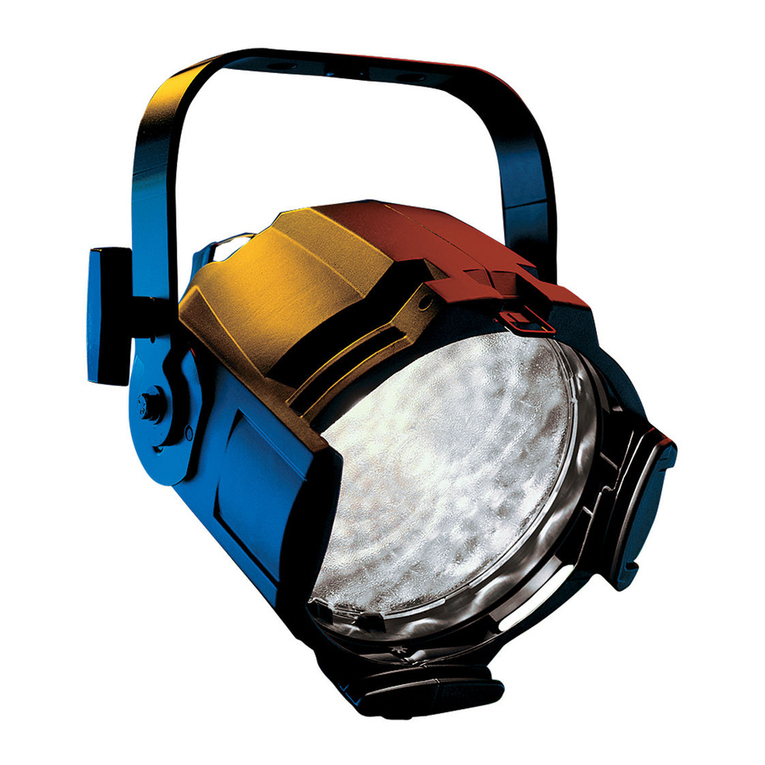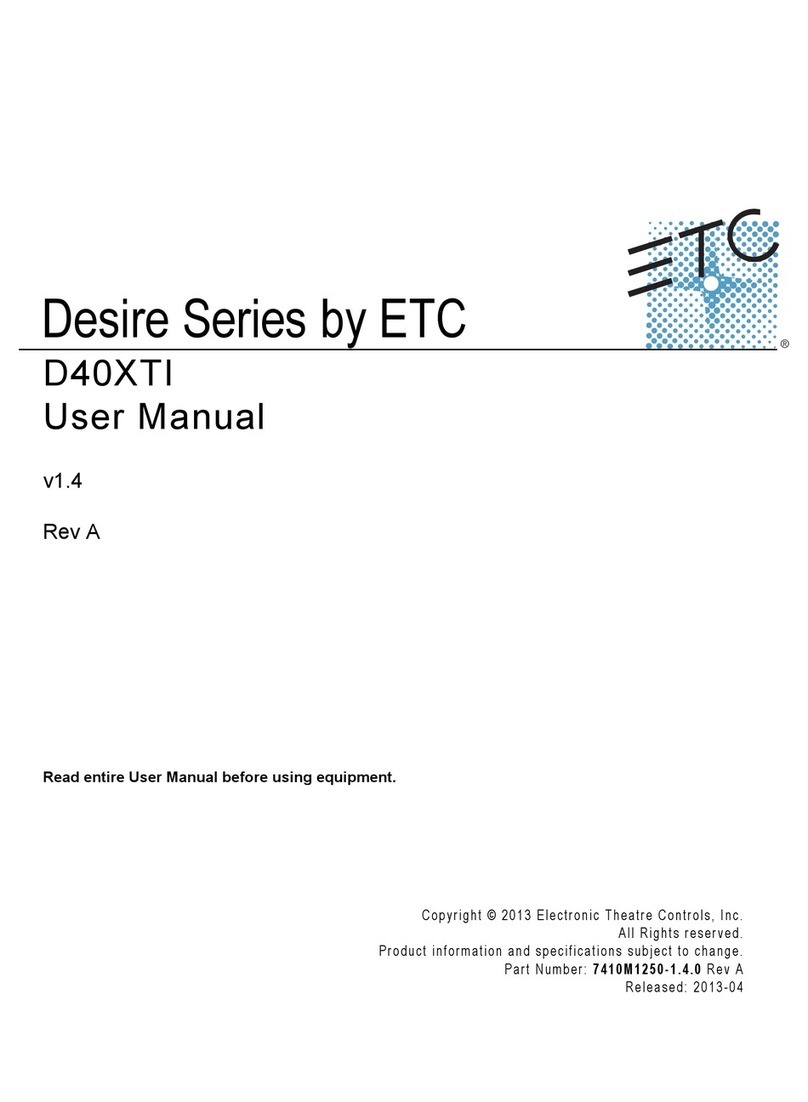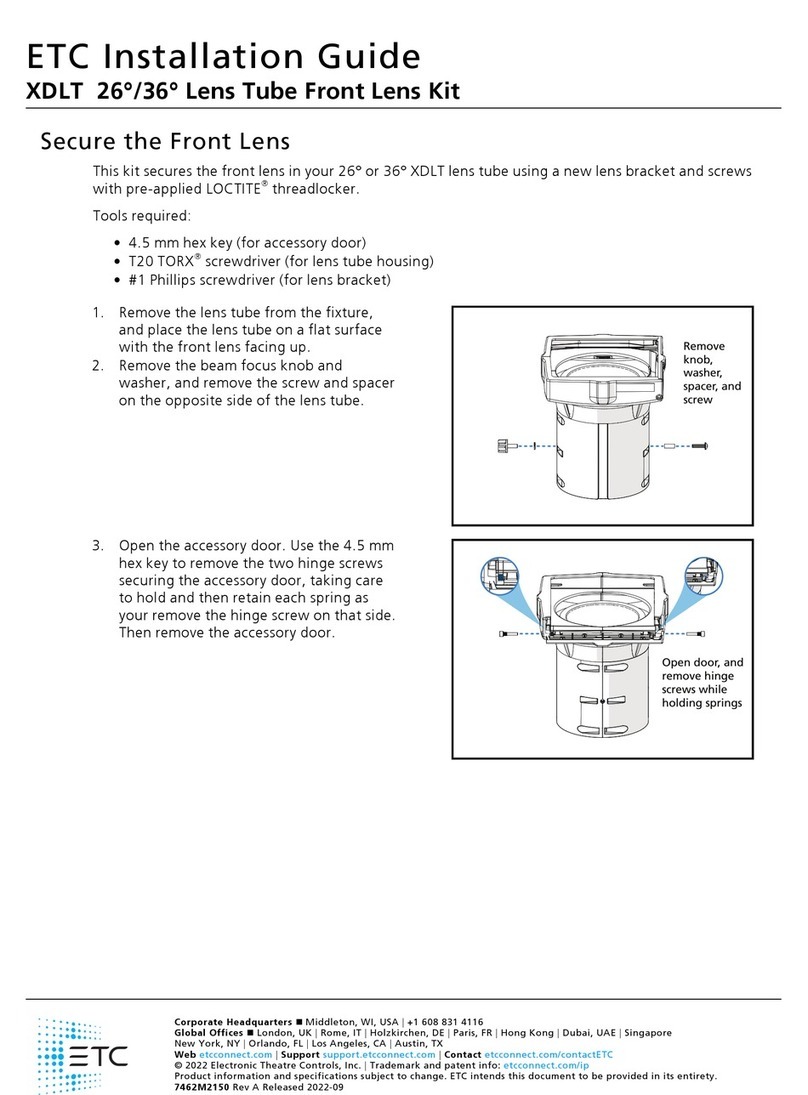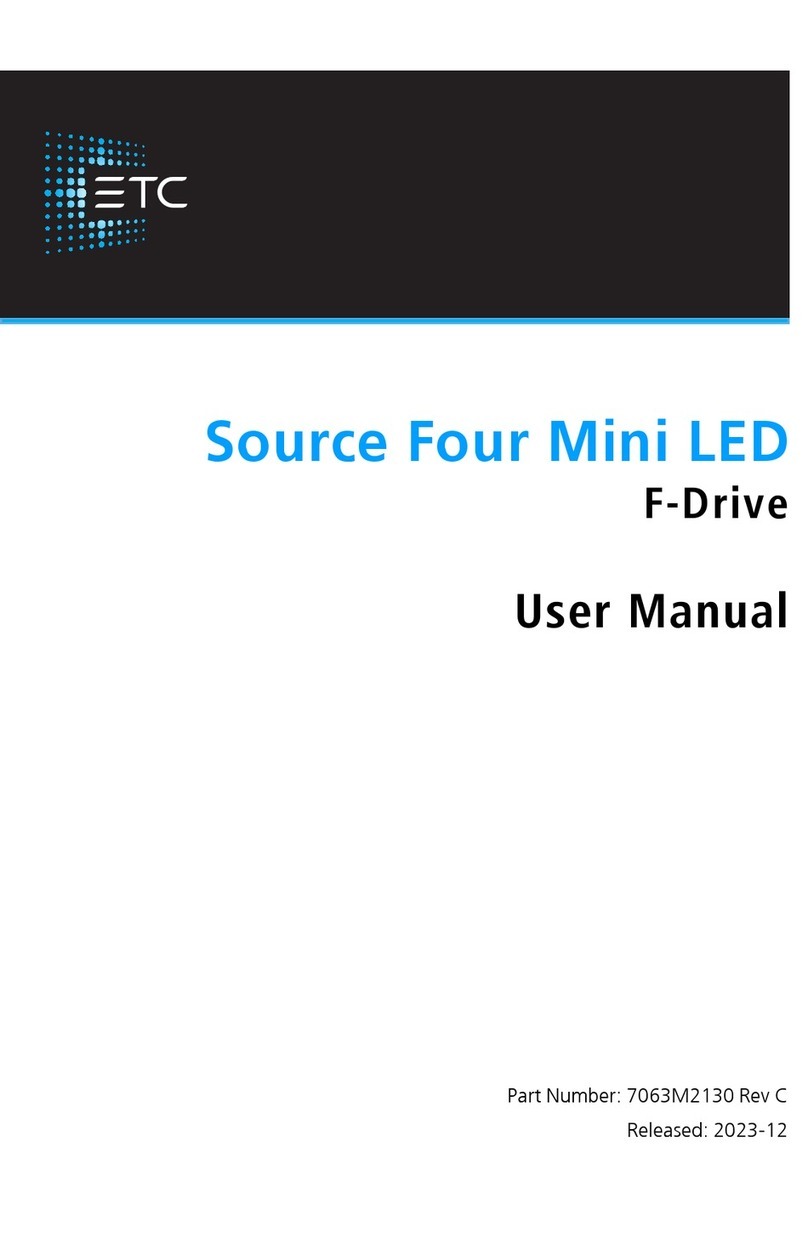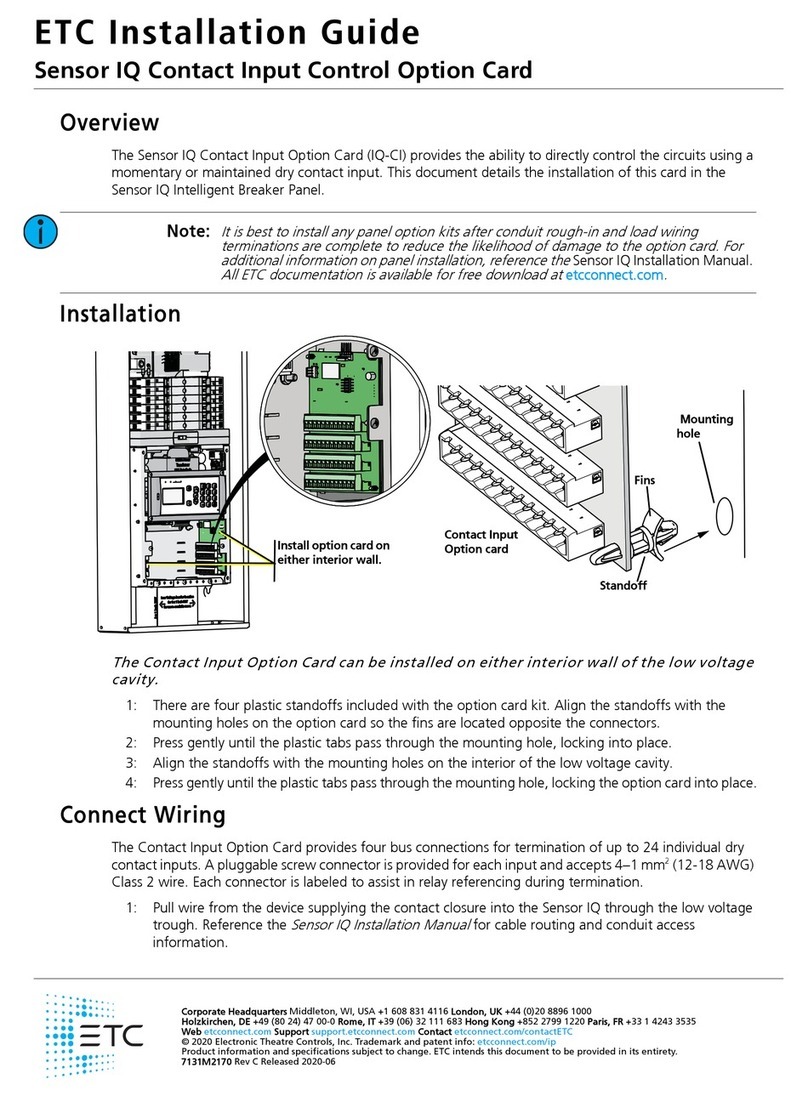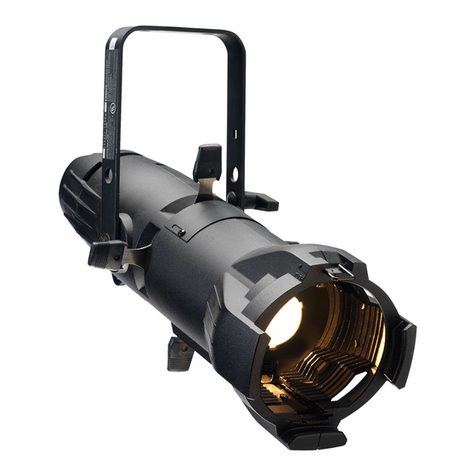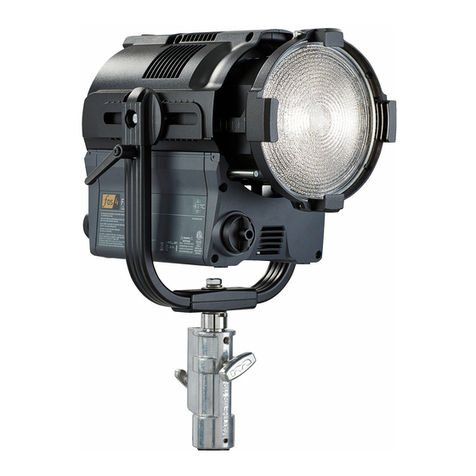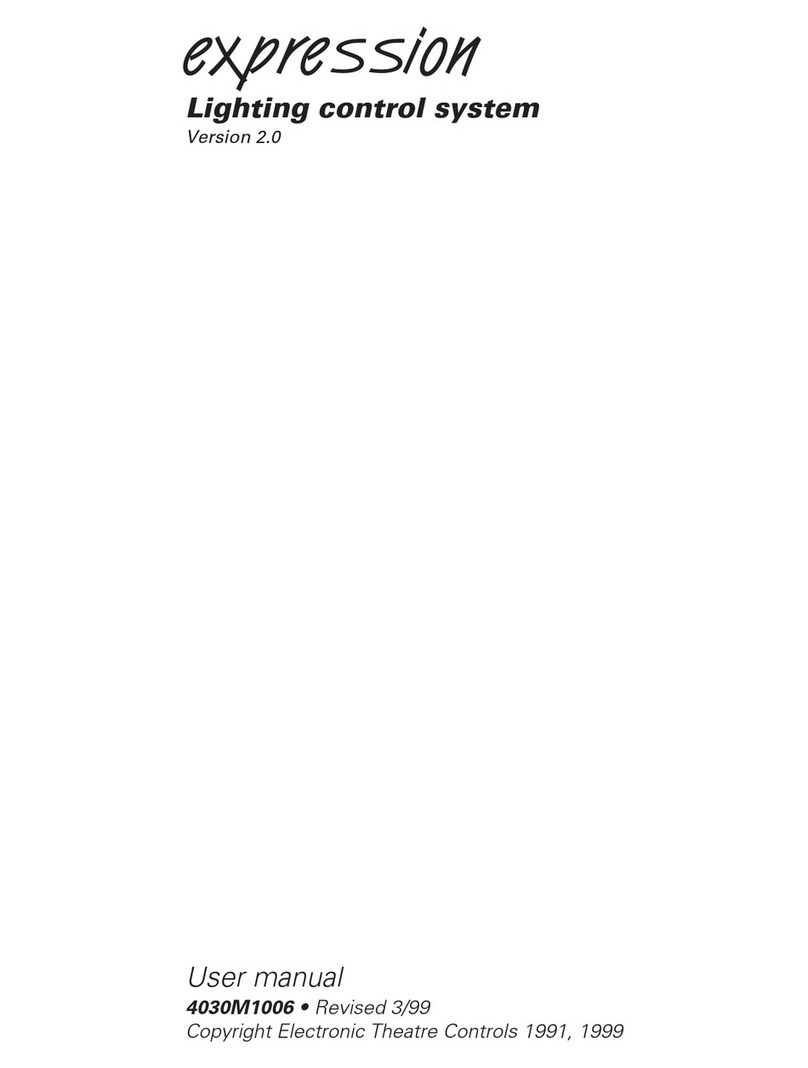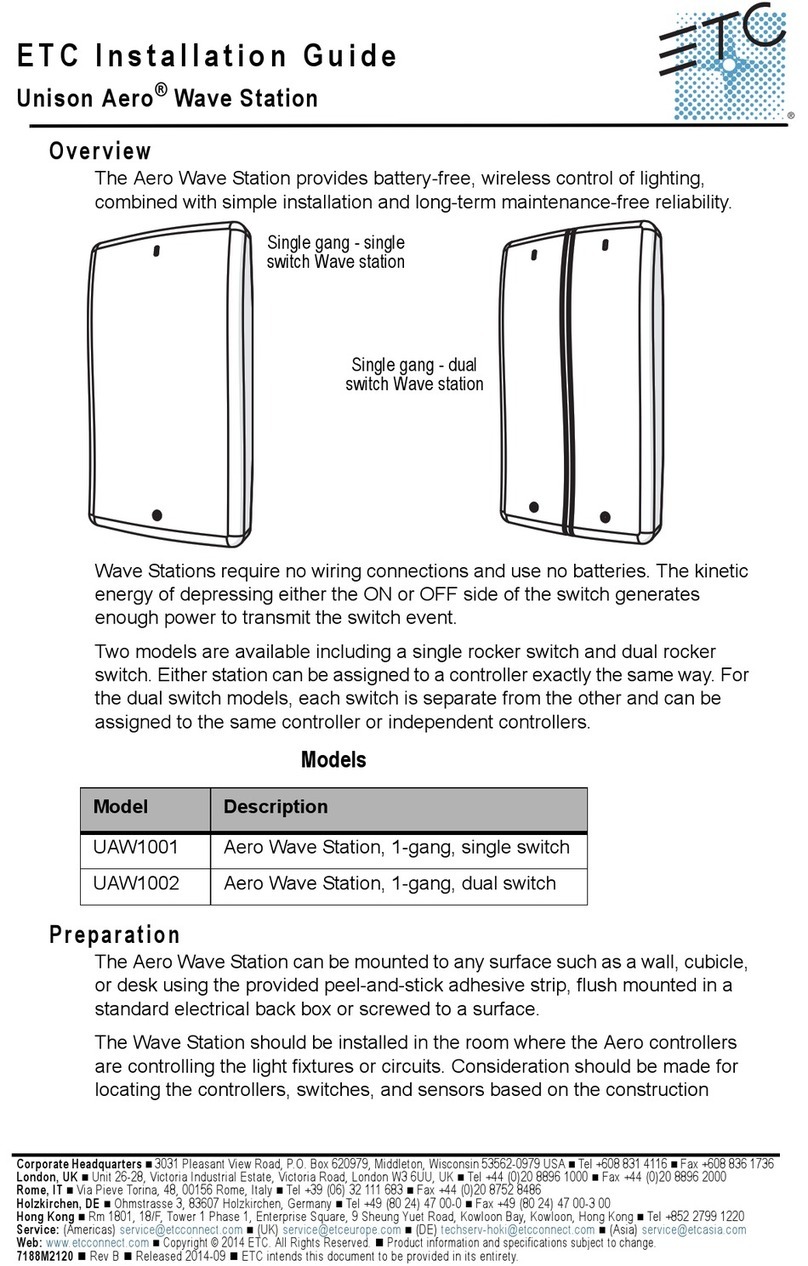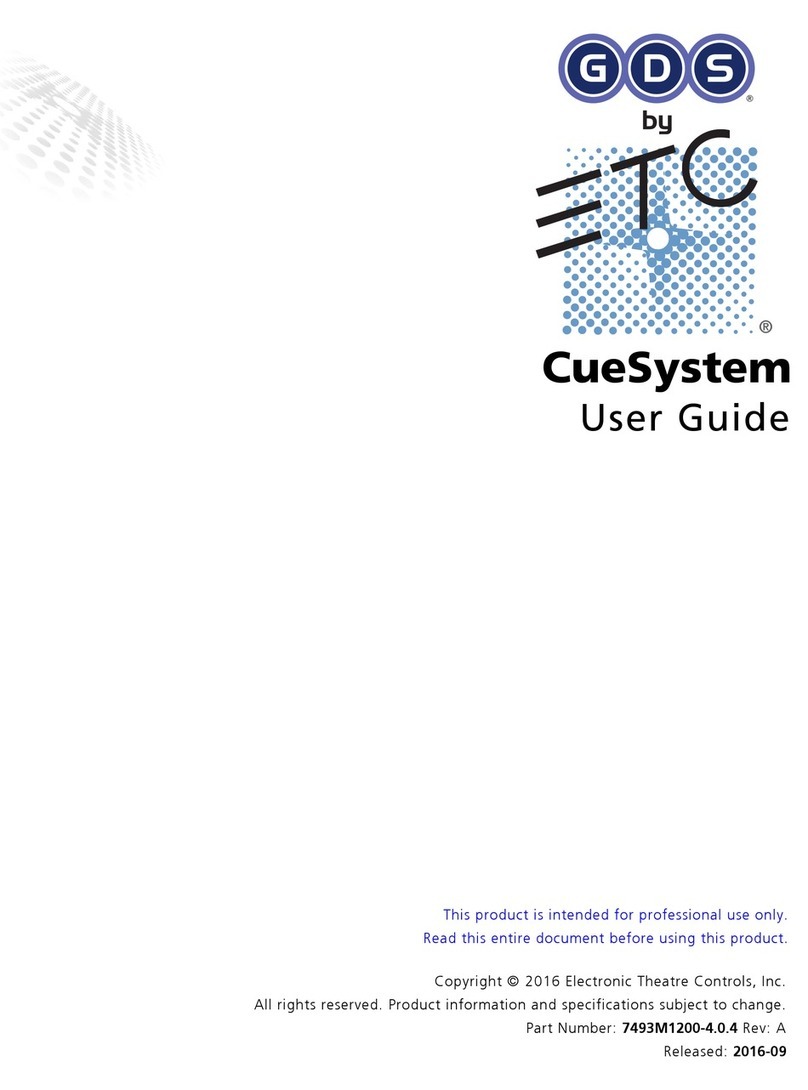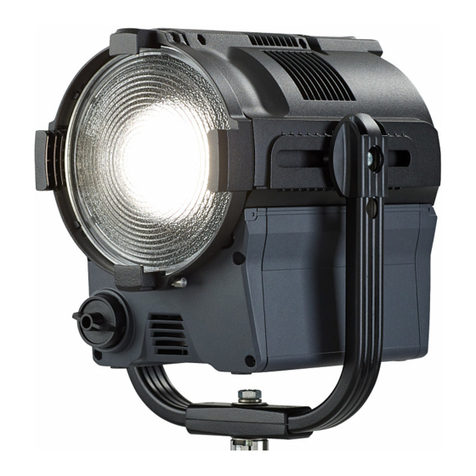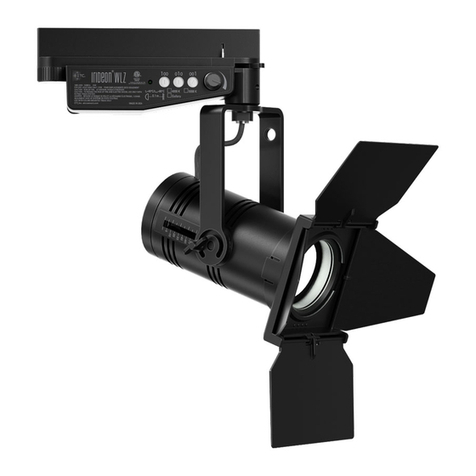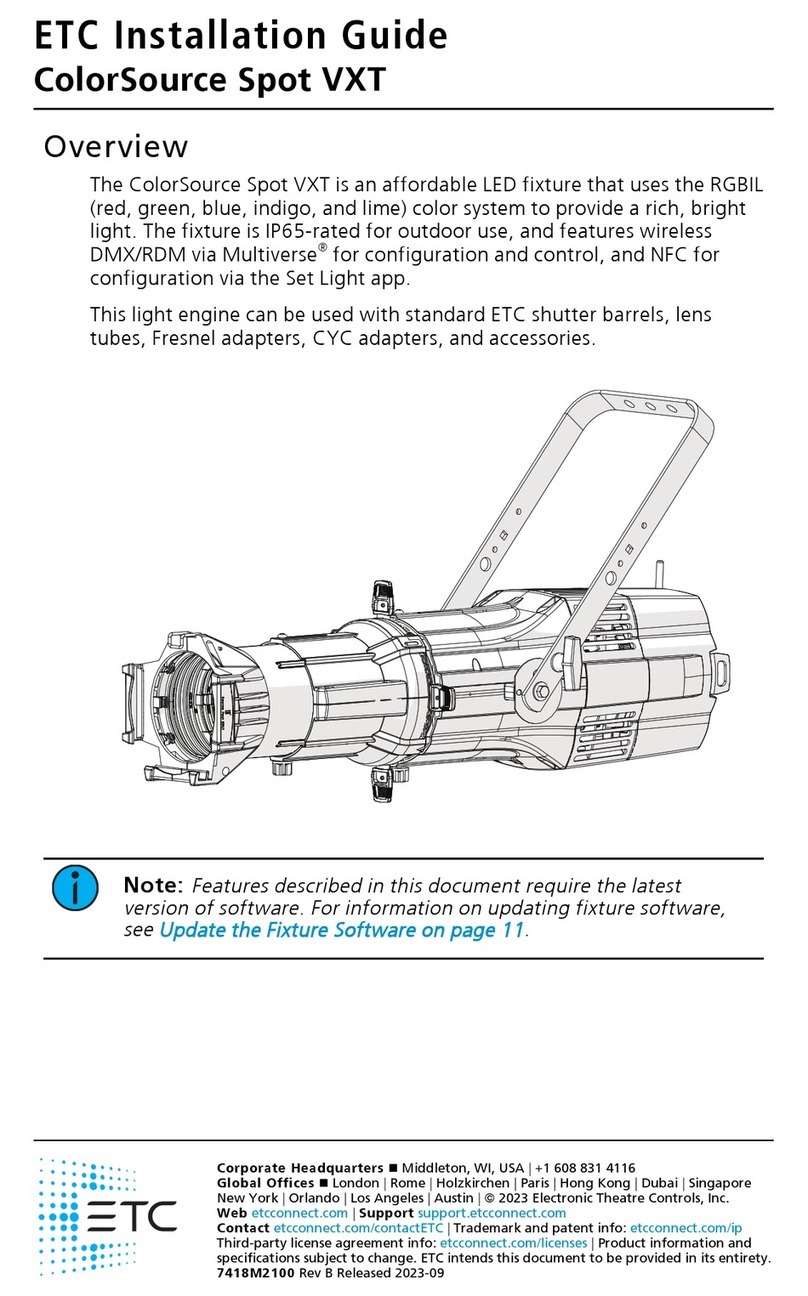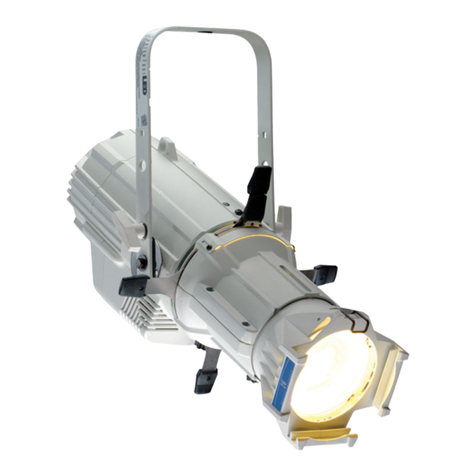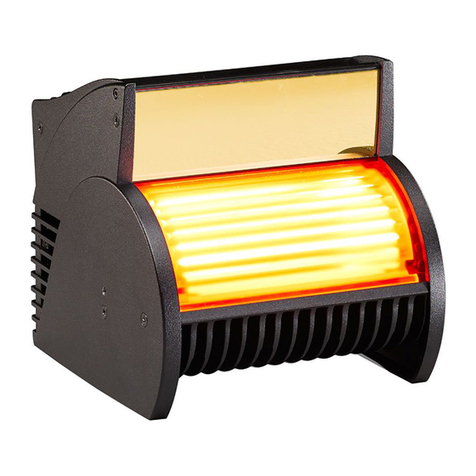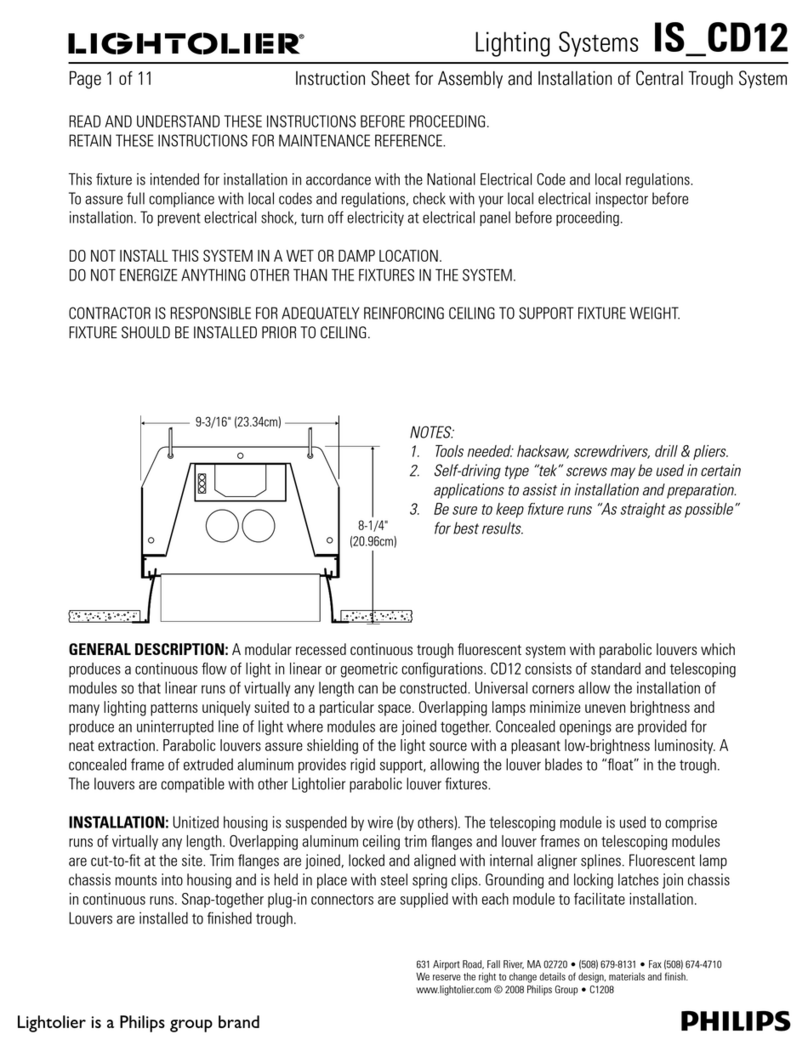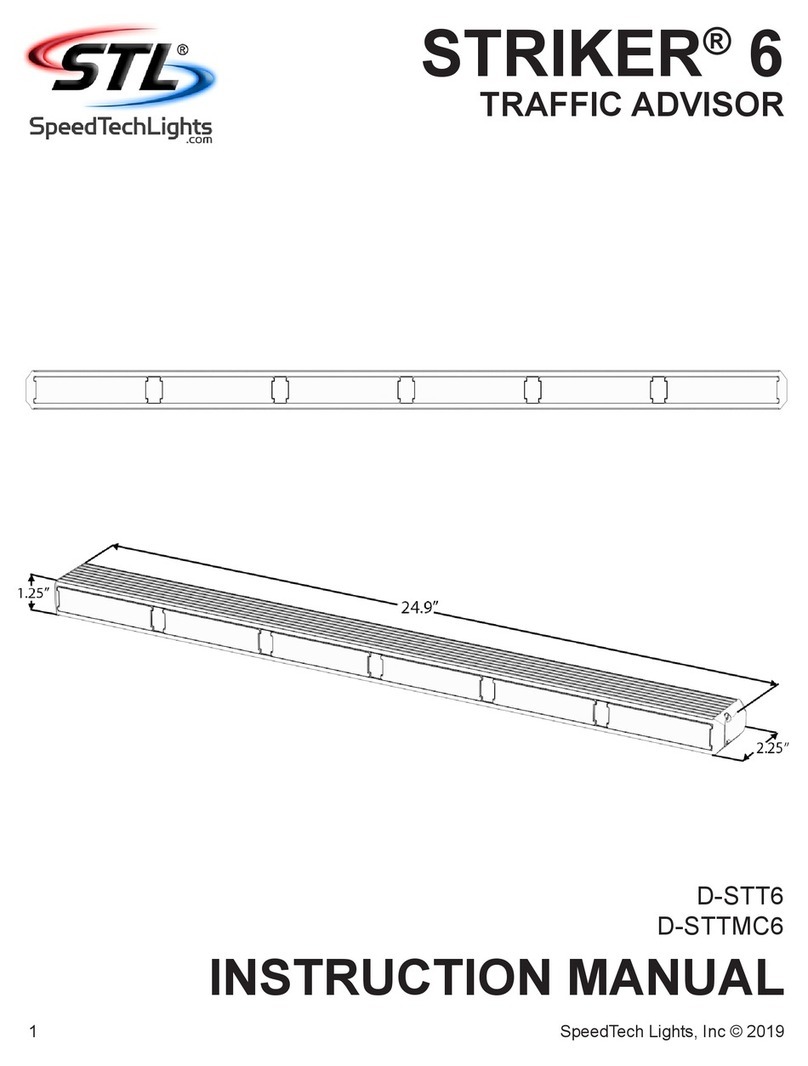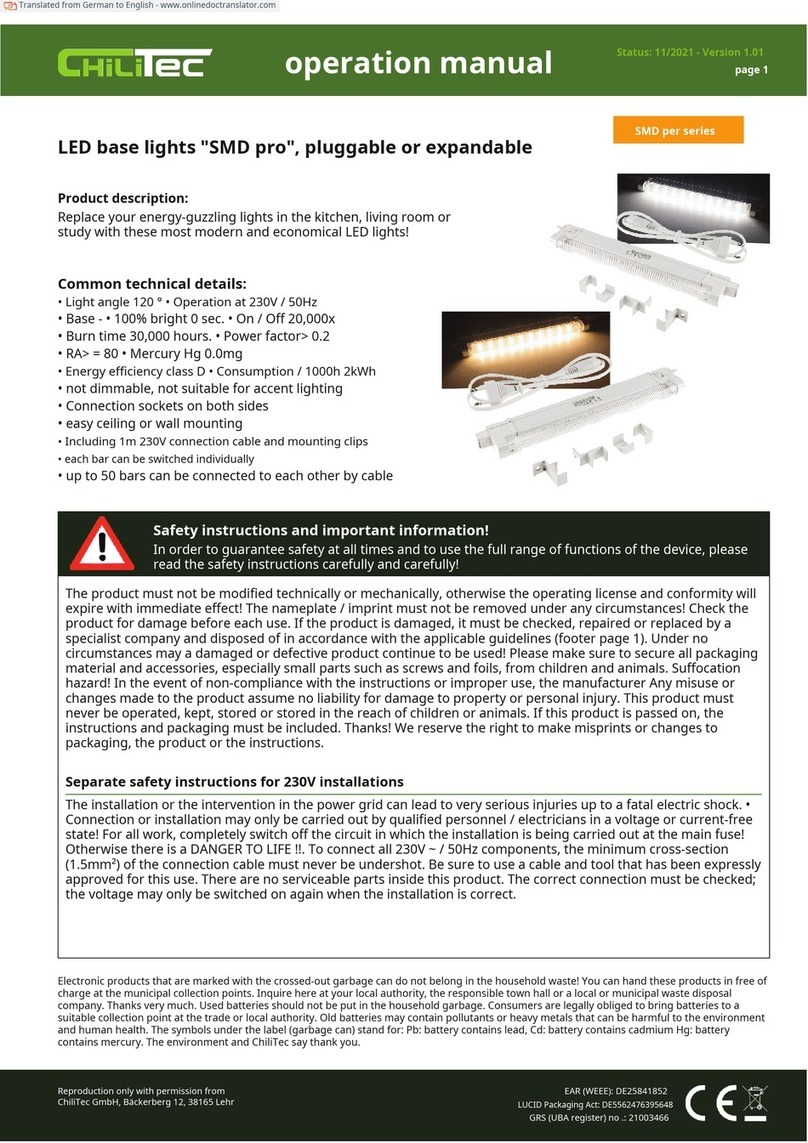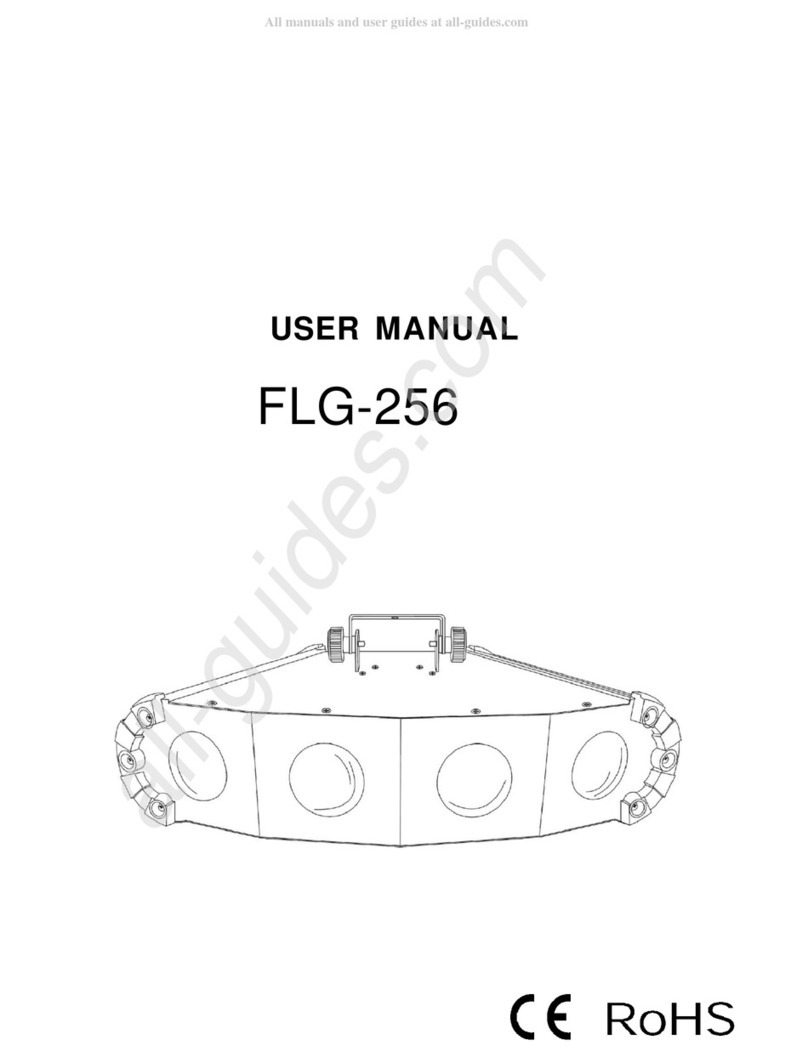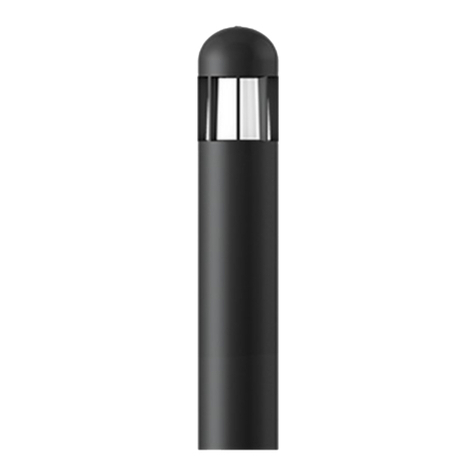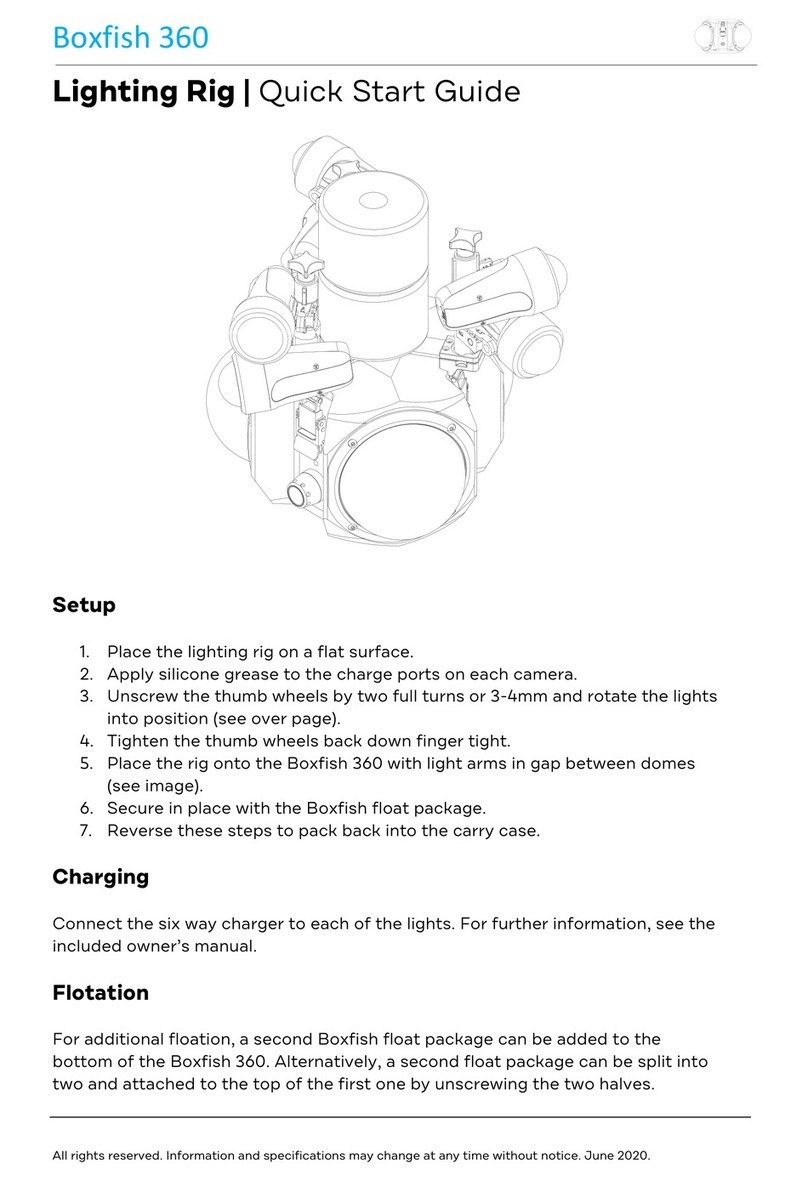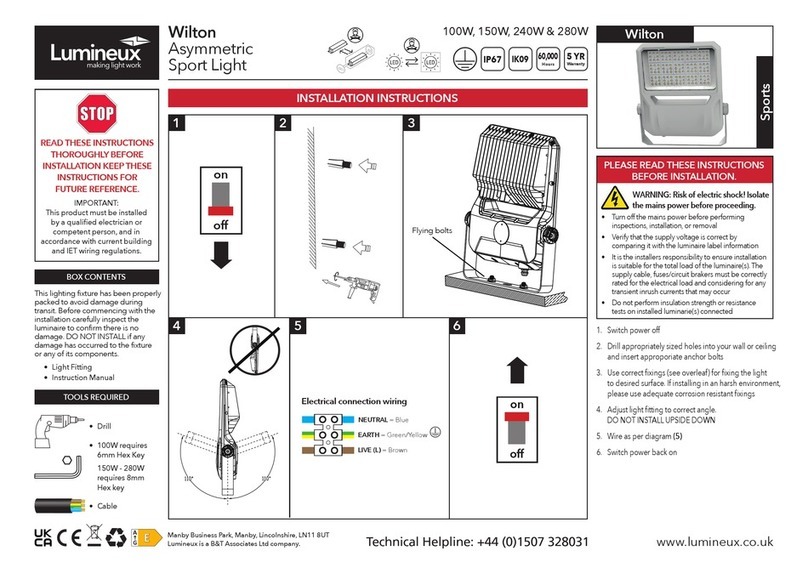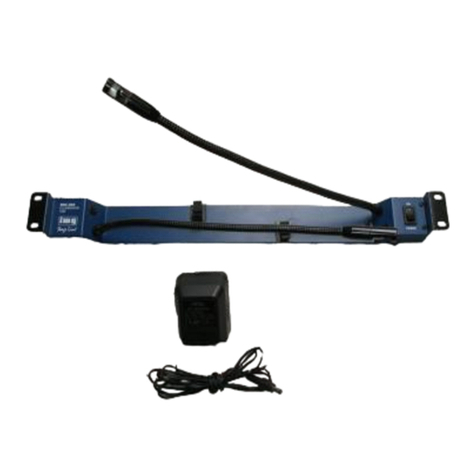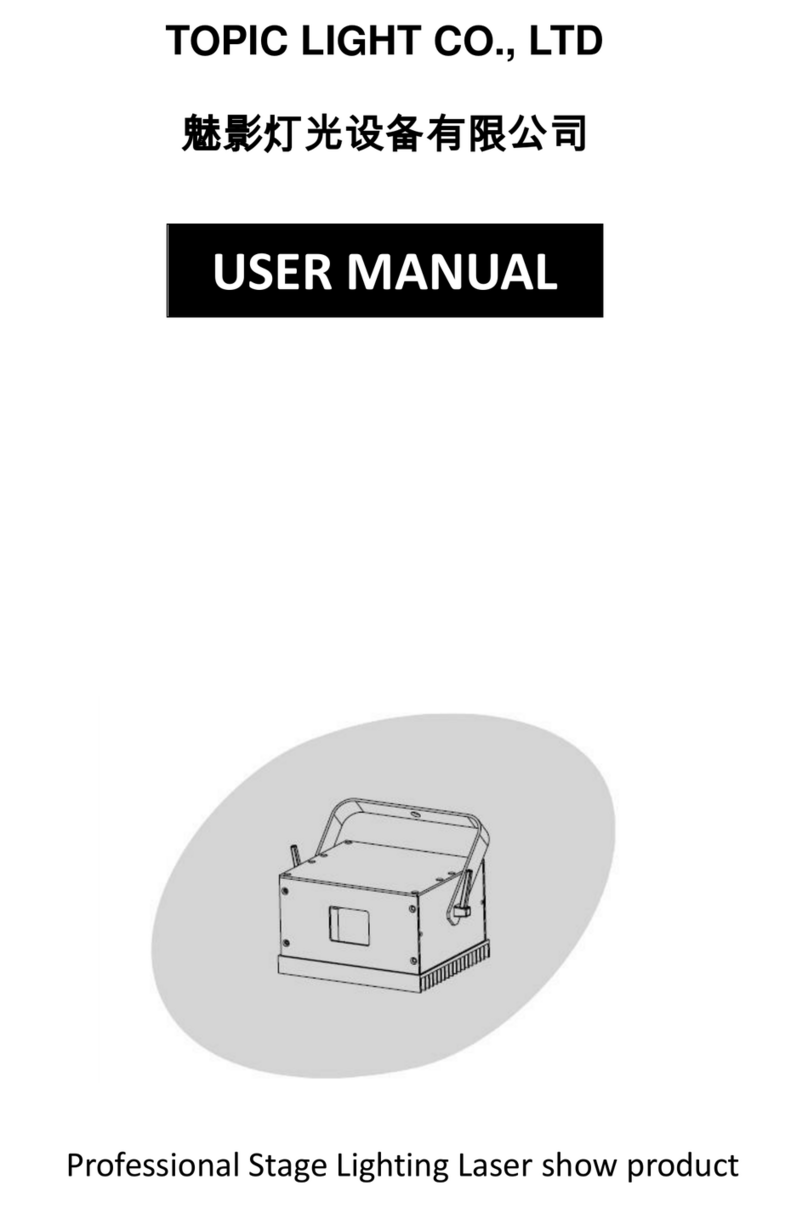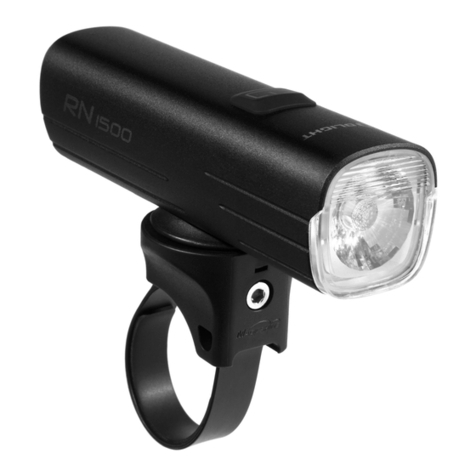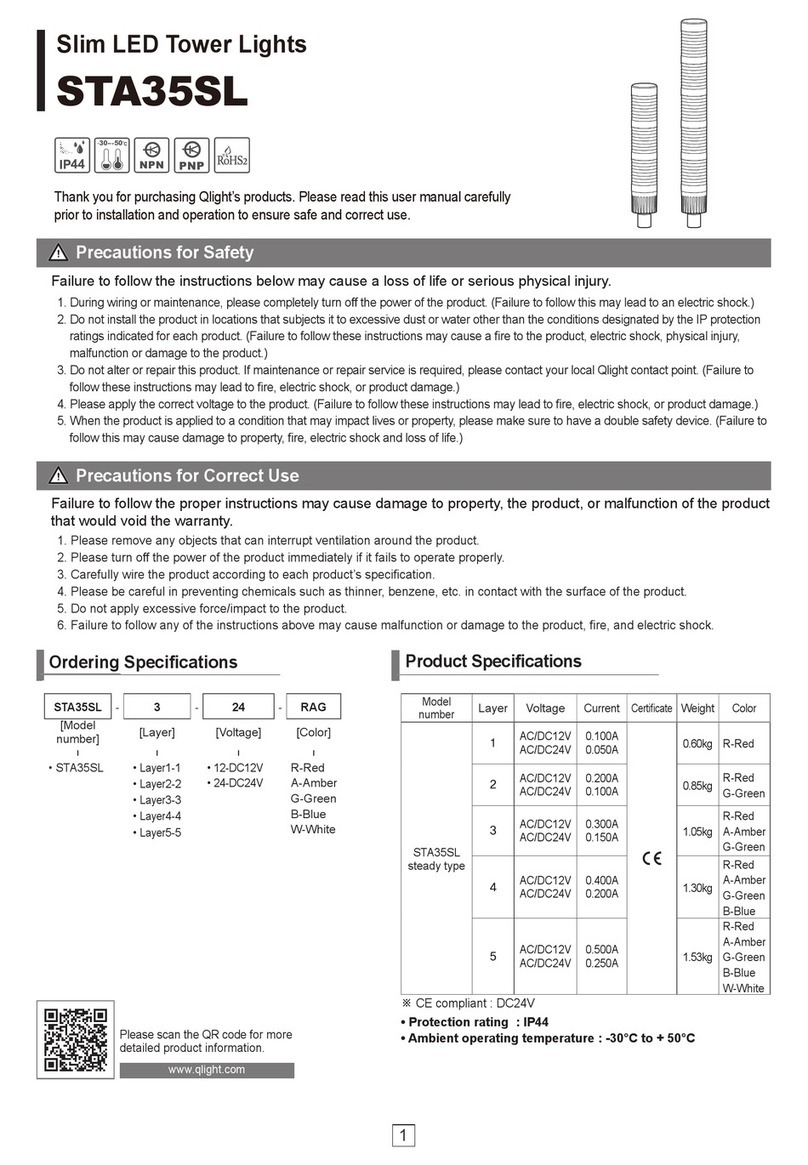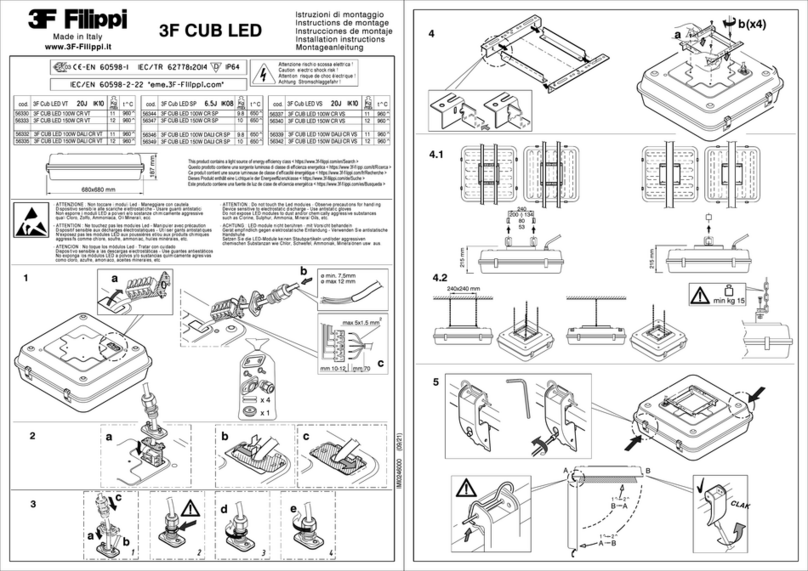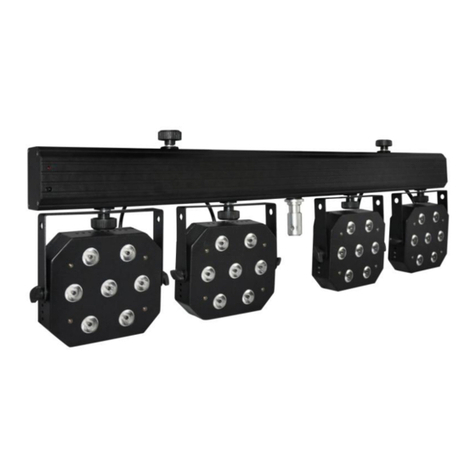
Installation 9
Electrical Requirements
The ELTS2 is available in three base voltages including 120 VAC, 240 VAC, or 277 VAC.
120 VAC / 60 Hz units may be any form of 120 VAC power including:
• 208Y / 120 VAC @ 60 Hz, three-phase, 4-wire plus ground
• 120 / 240 VAC @ 60 Hz, single-phase, 3-wire plus ground
• 120 VAC @ 60 Hz, single-phase, 2-wire plus ground
277 VAC / 60 Hz units may be any form of 277 VAC power including:
• 277 / 480 VAC @ 60 Hz, three-phase, 4-wire plus ground
240 VAC / 50 or 60 Hz units may be any form of 240 VAC including:
• 230 / 400 VAC @ 50 Hz, three-phase, 4-wire plus ground
• 240 / 415 VAC @ 50 Hz, three-phase, 4-wire plus ground
Maximum Input Current Ratings
• 480 A for the large unit fully loaded with 24 - 20A emergency circuits
- 160 A per phase in a three-phase configuration
- 240 A per leg when configured for single-phase
• 240 A for the small unit fully loaded with 12 - 20A emergency circuits
- 80 A per phase in a three-phase configuration
- 120 A per leg when configured for single-phase
Branch Circuit Protection
• ELTS2 units utilize built-in 20 A fuses for branch circuit protection.
• Built-in fuses provide 65,000 A Short Circuit Current Rating (SCCR) and ensure compliance with
NEC Section 700.27 Coordination. Larger upstream breakers cannot be tripped by downstream
circuit faults.
• ELTS2 20 A circuits are rated for a maximum continuous load of:
- 1920 watts per circuit at 120 VAC
- 3840 watts per circuit at 240 or 277 VAC
WARNING: Emergency (alternate) power must match normal power within the ELTS2
unit. Mixing voltages within the ELTS2 may cause system failure.
Note:
A unit manufactured as a 120 VAC unit cannot operate on a 240 or 277 VAC supply
and vice versa. 240 and 277 VAC units are manufactured with two transformers that
are used to step down voltage to the control electronics board.
Note:
Please contact ETC Technical Services for assistance with installations involving main
feed types not listed above.
Note:
This equipment should be installed and wired by a qualified electrician. Always follow
applicable building and electrical codes when installing this equipment.
If you are not certain if your installation complies with local or national codes, contact
your local building inspector. Service by qualified personnel only.



















